Even the best deer call will only work for you if you have the right type based on the season and other factors. Grunting and rattling are the two most common types, and each has pros and cons.
Here we will introduce you to all types of deer calls that any avid hunter should be familiar with. Get to know your gear before you catch your game!
Some of the most common deer calls are:
- Fawn bleat call — Used to recreate a calf’s sound
- Doe bleat call — Used to recreate the sound of a doe
- Buck grunt call — Used to create versatile deer calls
- Snort wheeze call — Used to create aggressive deer calls
- Rattle deer call — Used to create deer fight calls
Let’s explore them even further one by one.
Types of Deer Calls Explained
1. Fawn bleat call
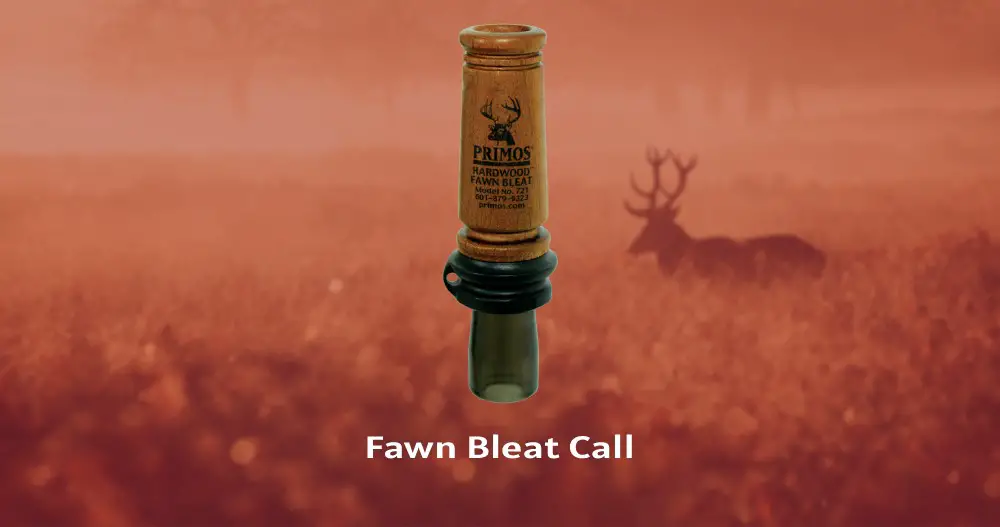
Fawns use this call whenever they are in danger, hungry, lost, or seek their mother’s attention.
As a result, the fawn’s bleat call is one of the most effective types of deer calls out there.
Fawns adopt these sounds growing up, although as they increase in size, the sound gets on a lower pitch and becomes less frequent. This sound is similar to that of a calf.
When it comes to calling deer, there are a couple of ways fawn bleats can be used, though most hunters ignore this. But the good news here is this calling can be used in and out of hunting season.
A Fawn bleat that is high-pitched will certainly attract 85% of does.
Why, you ask? Because it’s an instinct installed in them by nature to react to such sound.
This is one of the major reasons fawn bleats are considered the most effective type of deer call you can use to attract the right does.
If the buck you’re going after is matured, then using a fawn bleat can attract them by increasing their curiosity.
But most times, when it is around rut week, most bucks gradually become hot on does hooves. In times like this, you can bring in doe to run a check from the fawn bleat.
The fawn bleat is easy to use; all you need to do is regulate the air blown within the tube whenever you intend to change the tone and volume of calls.
2. Doe bleat call
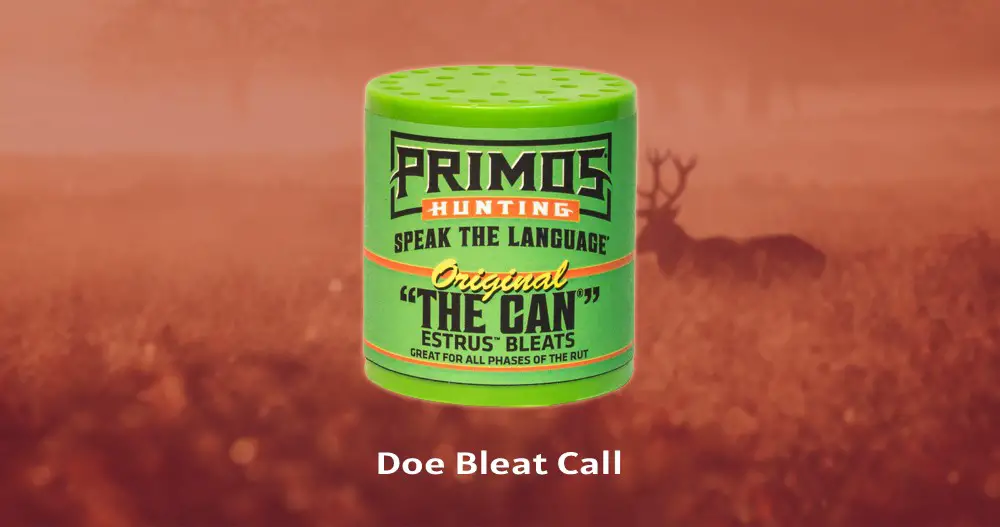
The next call we want to look at is often considered one of the silliest deer calls for hunting that any hunter will have in their arsenal.
Many people don’t think so, but the truth is that does make lots of noise, and most times, they produce different kinds of deer grunts. Although their bleat is unique, you can explain it as a whiny noise lasting for a few seconds.
Doe communicates using bleat similar to other deer, and sometimes they have a slit change in tone once they are estrous. This estrous is known to help signal bucks whenever they are ready for a mate.
Whenever they create this sound, if a buck is locked down along with the doe, their curiosity and interest increase automatically.
3. Buck grunt call

If you’re familiar with most deer calls, you may have used one of these before. Buck grant calls are one of the most versatile types of deer calls you can get your hands on.
It is one of the essential pieces of equipment that should be in your possession if you’re a deer hunter, and this is because the instrument is important and versatile.
Typically, bucks are known to use grunts when it comes to communicating their emotions. But lots of them are challenge calls that are communicated to other bucks.
For instance, when used, drawn-out and low grunts are meant to allow different bucks to know they dominate more. If you’re chasing a doe, busks can sometimes use a couple of grunts, which are disconnected and short.
4. Snort wheeze call
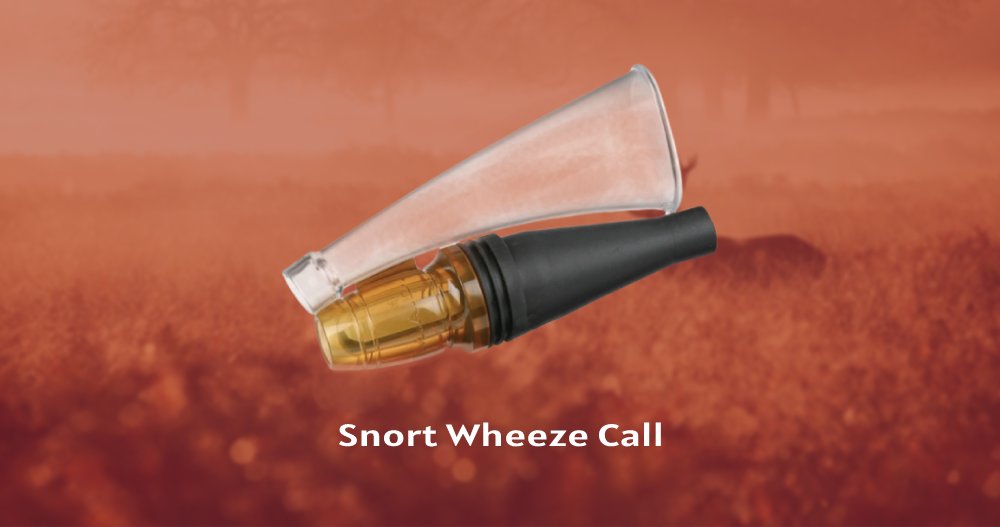
Bucks are known to use grunts when communicating intent. Snort wheeze means “getting ready to roar.” Whenever a buck exhales rapidly, it produces wheeze sounds.
Although this sound is made specifically by most mature bucks, it can most times be one the most aggressive deer hunting calls.
The perfect time for a snort wheeze is in a pre-rut and the main rut period; this is the time when most bucks tend to fight over a dose.
But the most important aspect at this point is that the call should be done in an area where mature bucks are few, and this is because the call is aggressive.
If the call is blown on a buck half a year old, it is possible to have the buck skip out with speed to avoid danger.
5. Rattle deer call
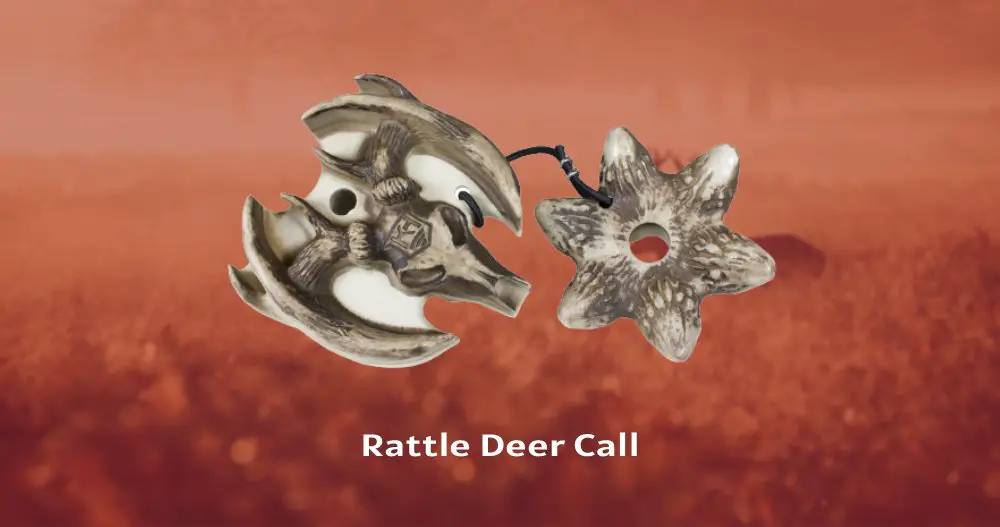
This deer call is the last of its kind. This call is done before things get escalated any further.
Usually, bucks are known to spar lightly at the inception of the season while they try to locate their spot in social hierarchies -and at the same time, try to avoid injuries. Once it gets to rut time, there are usually a few sparring left.
On some occasions, even severe glare and posturing might not scare off the buck; if you observe this, it signals a call for a fight.
That can also be used as an advantage; it is possible to imitate fighting bucks regardless of their stage. Does and bucks are always curious to know which buck can win a fight, to the effect; the animals sneak to get a glimpse of how it goes.
In the early pre-rut seasons, gentle crashes and ticking noise are recommended. You can start with a deer rattling call that is a bit lighter when it’s a rut.
You can use grunts and snort wheezes alongside your rattling; this will help add a bit of reality to the entire scene.
If your area has more mature bucks, you will need some sounds with any of the most preferred rattling systems.
What Deer Calls to Use and When
Irrespective of how long you have been in the hunting business (You might be planning to hunt for the first time, or this might be your 5th year of hunting), it is possible to have come across one or two different deer calls on a store shelf.
If you go into a sports store, it’s also possible to find a variety of hunting accessories and a couple of gear you can use to fill up your hunting pack.
On some occasions, the aim accompanied by all this can be inflated a little, but this doesn’t hold when it comes to whitetail calls.
Particularly, this call is used when it comes to the magical week, which can be before or after the rut. The question is, why?
Once we experience a shorter day, it is difficult for us humans to notice such changes. This photoperiod change serves as a way to trigger most whitetail bucks to get into a rut.
It leads to different changes in hormones, which are first expressed via the shedding velvet, which also leads to rubbing and fighting trees and ultimately to breeding.
When it gets to the week leading to the rut peak, most bucks are receptive to deer calling.
While deers remain within their hooves, seeking for does while challenging other bucks for a territorial dispute, all through the night and sometimes into the early hours of the day.
While they are within their testosterone state, they tend to respond quickly to most lonely calls or challenge calls, which most times give you an added advantage in deer hunting.
Often, lots of people tend to need help comprehending this, but most times, there are different types of whitetail sounds; some can be a simple variation that is within the same category.
One of the simple principles of deer calling is to try as much as possible to do a call sparingly. Deer, by nature, are vocal animals, but they don’t bleat and grunt everywhere they go.
Hunters often err by excessively calling whenever they’re hunting, which can raise a red signal flag to deer within the area.
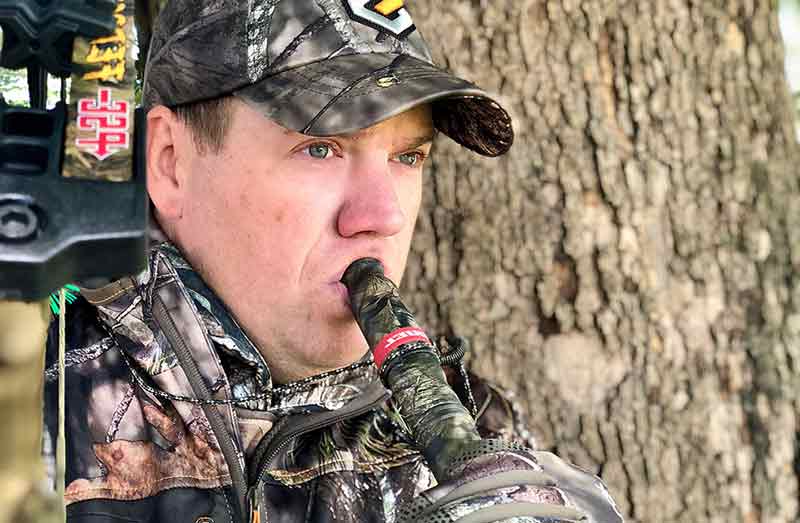
Most times, using short sequences within the space of an hour is often the best frequency to space a calling. If you attempt calling more often, then there is a high possibility of you deterring them.
It is also important to start rattling or calling on a softer tone. Once you start puffing with your call, like how a trumpet is blown, there is every possibility of scaring off the deer within the area.
If you intend to keep things very simple, you can use the bone contender call, which is most times the all-in-one call that allows you to save some space within your backpack.
It creates a variety of sounds for does, fawns, or buck, and this is done by proper regulation of the O-ring.
As mentioned above, carrying this along with a rattle is needed if you intend to make the call. If you can adhere to this and stick closely to the above tips, then you will be fit to hunt in all seasons.
With this, we’ve reached the end of our today’s discussion. We’ve talked about different types of deer calls and their uses. We’ve also shared some deer-calling strategies to help you become a more efficient hunter.
I hope that covers all the information you need. Thanks for reading this far. Happy hunting to you.
FAQs
Q. 1: What does a deer call sound like?
Ans. If a fawn becomes lost in the process of looking for his mother, it will make a bleating sound. This sound is similar to that of a sheep or lamb. Most adult deer will create the “Hiss” sound whenever they are scared.
Q. 2: How often should you use deer calls?
Ans. All you need to do is adhere to the standard call rules when using a grunt call or a doe bleat. If you’re using a mouth-blown or a tip-over call, try using it sparingly. A few bleats should be produced within 20 to 30 minutes, and relax and watch while a buck sneaks to smell the doe used.
Q. 3: Will a doe bleat call in a buck?
Ans. Blind call, when done with estrus bleat, will bring in a lot of bucks that are in search of does that might be interested. Also, fawns are known to be highly vocal and tend to produce various sounds.
Q. 4: How long does a buck stay with a doe?
Ans. Instead of traveling, most bucks will remain with the hot doe for a minimum of 24 hours and a maximum of 72 hours. A doe can smell, but that doesn’t mean it is ready for breeds. On the second day, it is normal to have the doe completely estrus while the buck is allowed the privilege to breed many times.
Q. 4: What does it mean when a deer grunts?
Ans. When a deer grunts, it’s usually to communicate with other deer nearby. The purpose of the call is to let other deers know about its whereabouts.

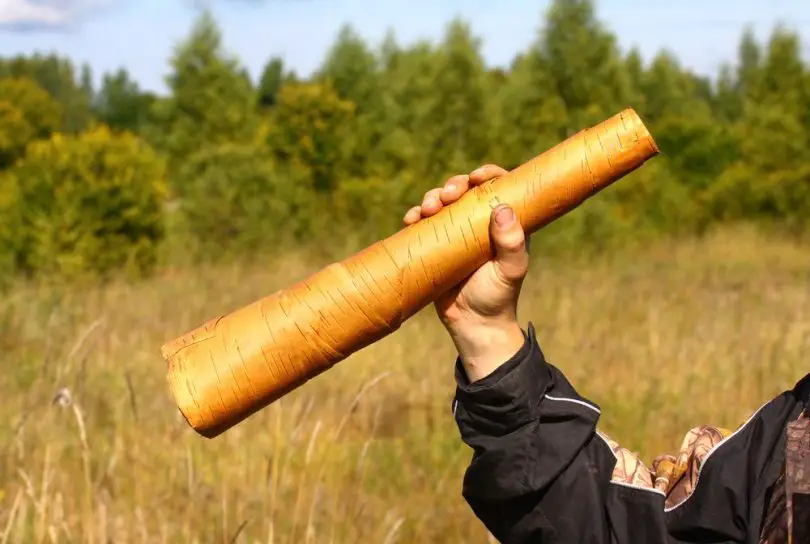






Leave a Comment